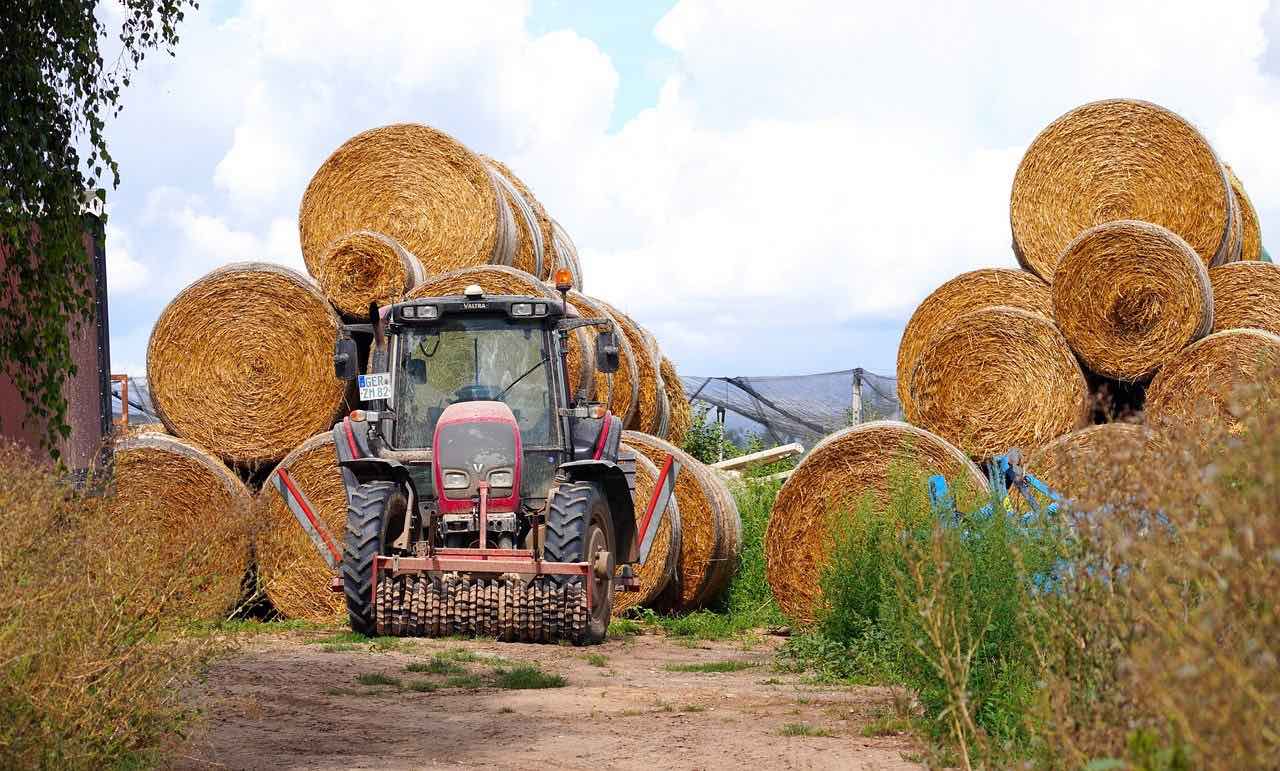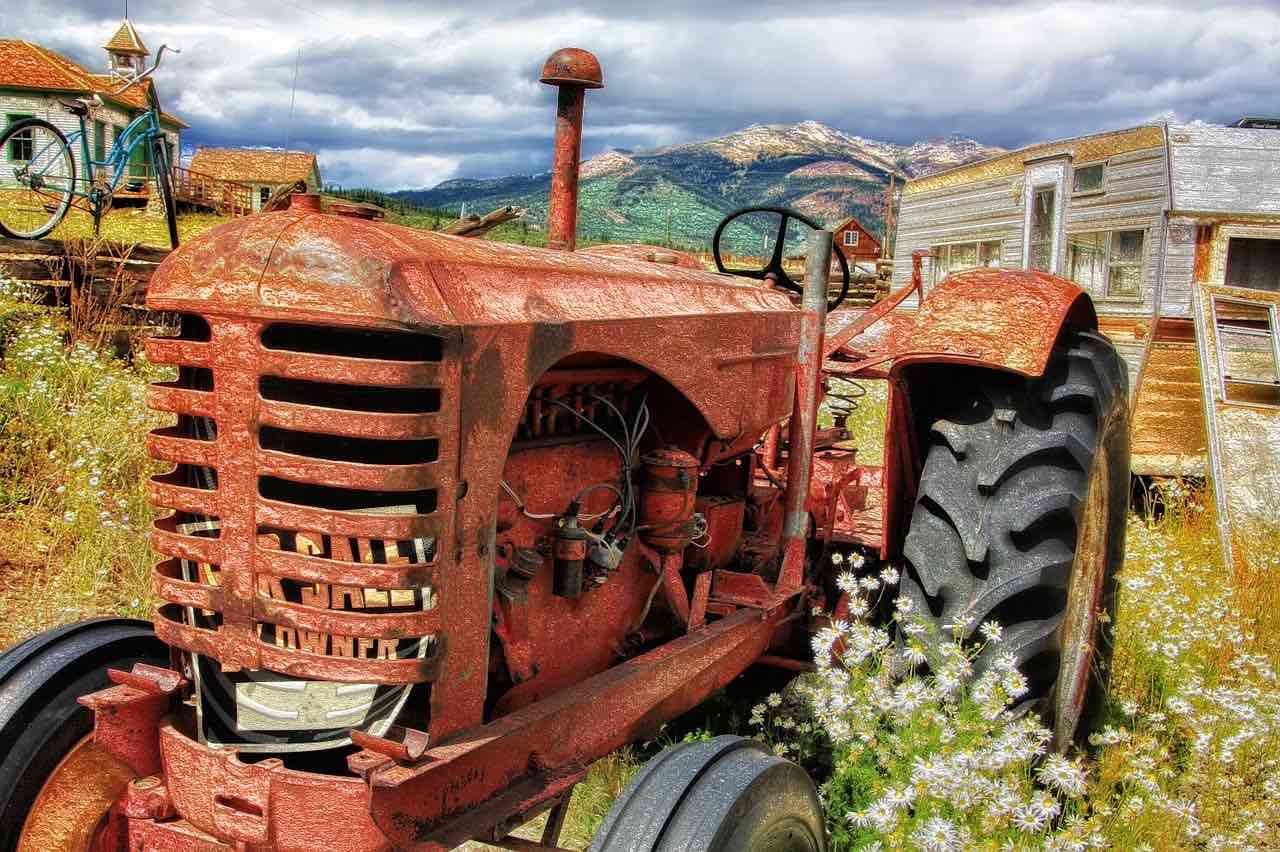Combine harvester is a harvesting machine which harvests, threshes and cleans crops. Before the combine harvester, agricultural workers toiled hard manually. The manual work drained the workers and the produce was generally less. The introduction of the combine harvester was revolutionary.
With time, more and more agricultural workers adopted the new technology and as a result, productivity increased several times to that of manual labour. Additionally, as manual labour was reduced, the number of people in the agricultural sector also reduced. But productivity is so much more currently.
There are a range of crops that combines harvesters can harvest. It includes wheat, oats, barley, rye, corn, sorghum, soybeans, flax, sunflowers and canola. Well, that’s a lot of crops.
So, we can surely say that a combine harvester is a much needed agricultural instrument. It is an efficient machine and it is always best to buy good quality combines. Therefore, it is wise to buy combine harvesters from well-renowned makes. So, let’s dive deep into understanding the working of a combine harvester.
1. Grain Cutting And Gathering
The first step in grain harvest is cutting and gathering the grains. The header is in charge of executing the function. The header is interchanged to accommodate the different requirements. The reel rotates over the crop. The bars on the reel tighten around the plant stalks.
Later, the plants are separated into different crop bunches. Then, the crops are cut by the machines. The scythe chops off the crops. The plants are cut at proximity to the ground. Also, the header type changes with the different types of crops to harvest. It is always advisable to use headers with the maximum efficiency.
2. Transfer To Conveyor
The next step is to move the cut crops to the centre. The spinning augers help move the crops to the centre. After this, the crops travel up to the conveyer.
The conveyor is generally a mechanical apparatus which moves bulk materials from one place to another. It can be a moving belt (conveyer belt) or a chain of receptacles. The conveyor transfers the crops to the threshing area.
3. Threshing And Separation Process
The threshing unit carries out the threshing process. For it the rotating cylinder threshes the grains.
Threshing is a process in which the edible grains are separated from the inedible chaff by repeated beating of the cut stalks. The threshing unit continuously shakes the grains away from their stalks.The grains later collect in a different bin.
4. Grain Cleaning And Collection
The threshed grains go to the cleaning unit. The airflow blows away the chaff and dirt particles. After this, the grains pass through a sieve. The newly separated grains fall into the grain tank/grain container. The chaff moves over the conveyors for additional processing.
5. Grain Transfer Process
Now that the grains are collected in the tank, the grain cart comes into play. First of all, a grain cart is a collection unit present on a tractor. The tractor usually moves alongside the combine harvester.
The grains in the grain tank transfers to the grain cart by the use of an elevator. The gains come out of a pipe at the side. It is called a side pipe or the unloader. The unloader transfers the grains into the grain cart.
6. Residue Exit
The last process is the exit of the chaff materials. The chaff goes out of the machines. It has several purposes. Firstly, the chaff is simply spread around on the ground. Secondly, it is used for generating bedding for farm animals. Several combines have a mechanical arrangement to cut and chop the straw. This results in rather small sizes of the residue material.
There are different combine harvester models on the market today. The processes involved are mostly the same but will vary minutely as the models and crops change. The above 6 processes form the crux of any combine’s working steps. So, the next time you see or operate a combine harvester, let’s hope you will remember the functioning steps.








